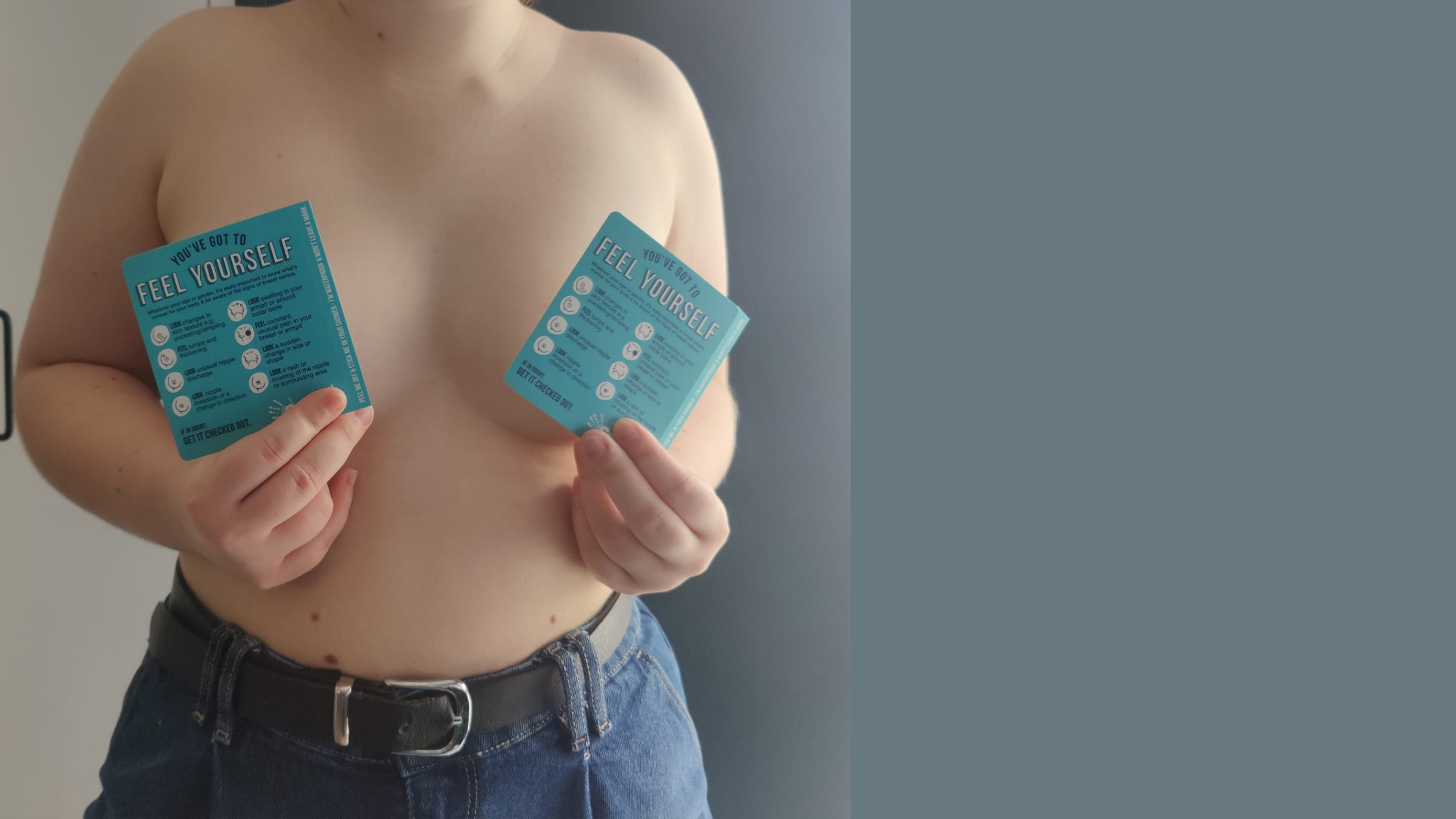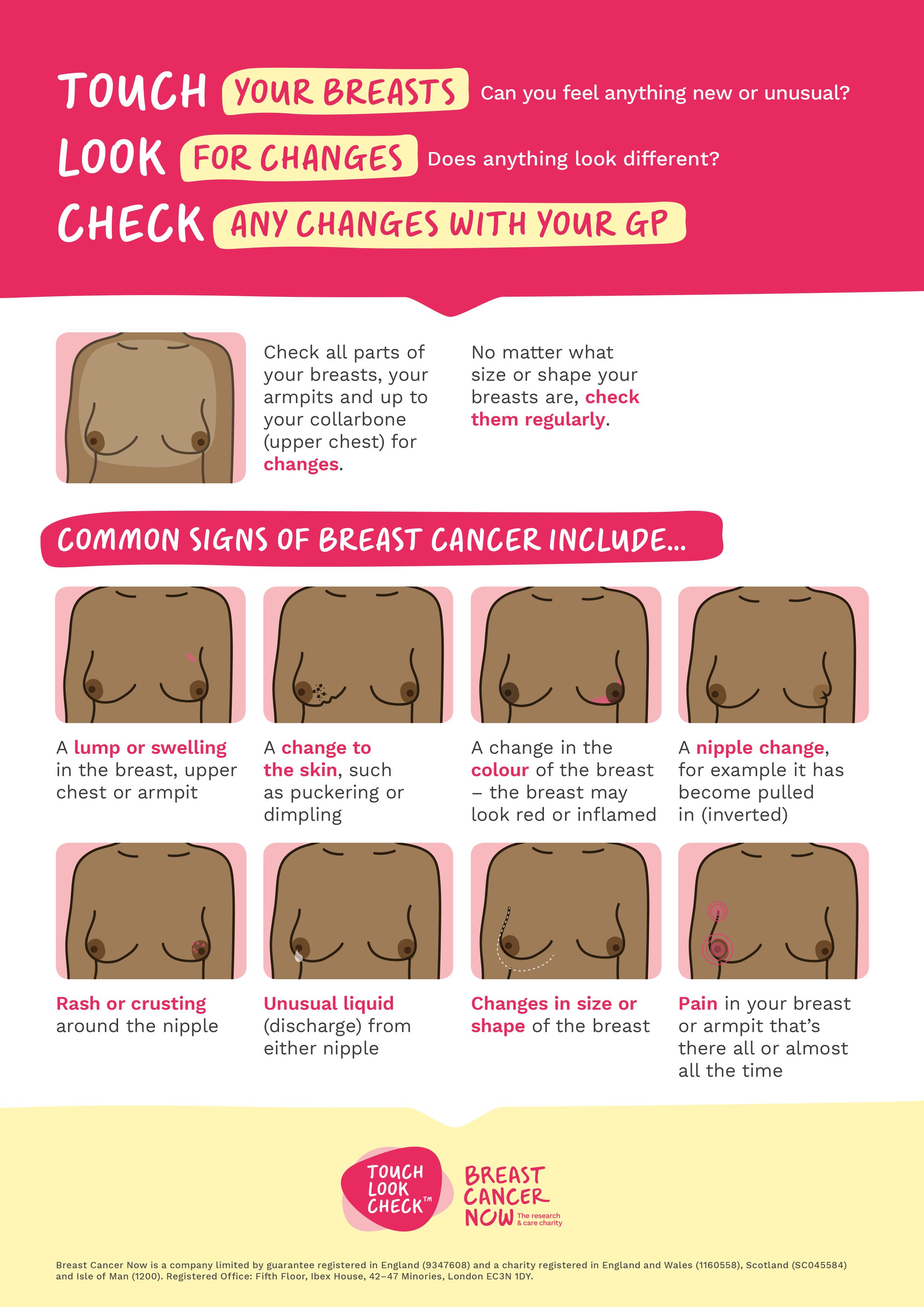Getting to know my boobs
I learned how to check my breasts properly for signs of breast cancer and why this is important for young people

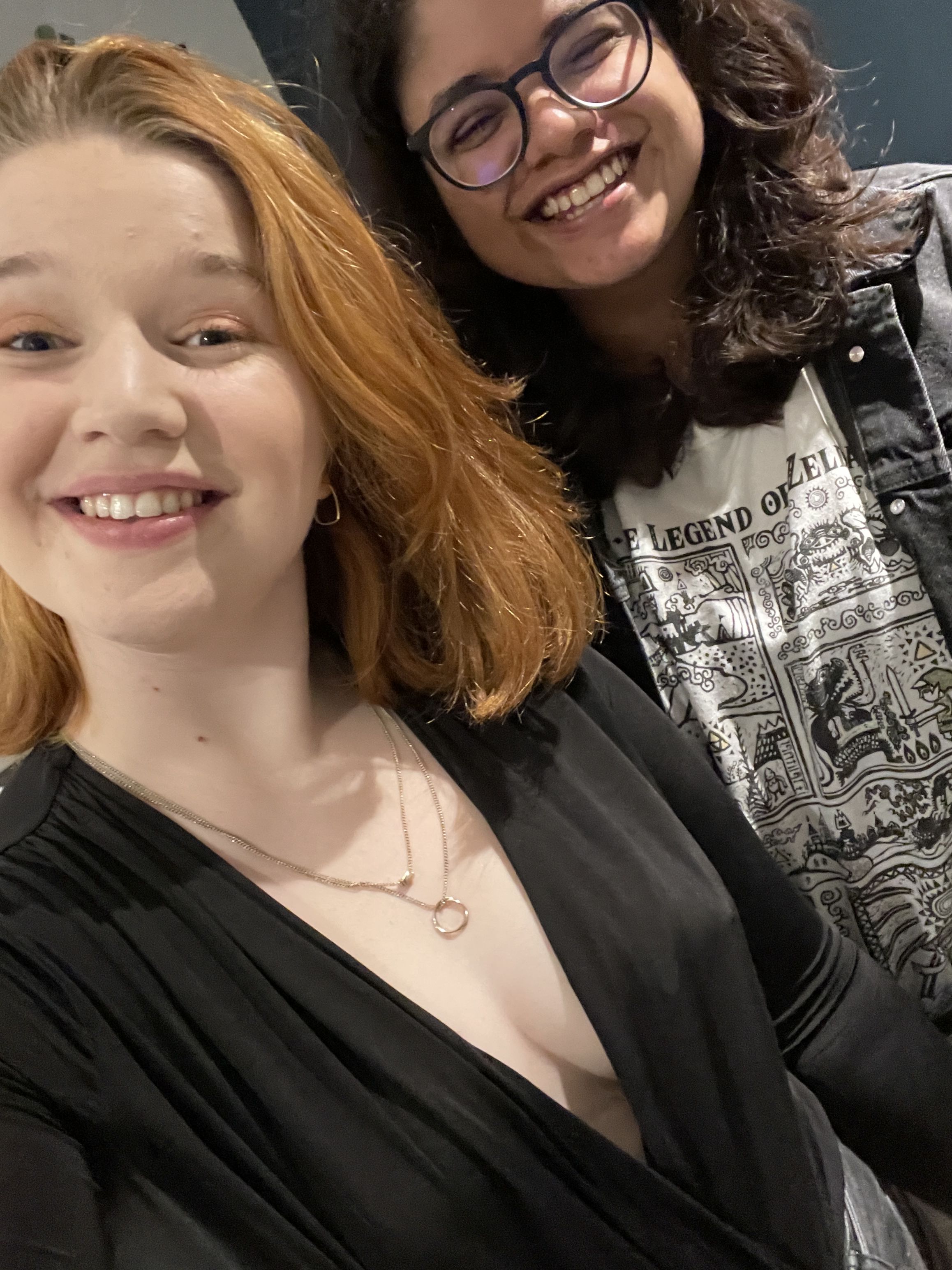
My boobs are with me every day, they have been my whole life, but I never really put any real thought into them except from bra shopping or taping them for a night out, like in the photo on the left. Beyond that, they are just there, and I just throw on clothes over them and get on with my day. However, there is a key part missing from my routine, or rather a key routine missing from my life.
Young women, like me, should be checking their breasts for breast cancer monthly, but only 36% of women aged 18-35 years old actually do this, according to CoppaFeel!. I am a part of the remaining 64%.
I am lucky that my family has not been directly impacted by cancer, so I haven’t had to think about the illness personally. The last time I thought directly about cancer and prevention was when I got my HPV vaccination 10 years ago and the next time I will is when I turn 25 and start getting smear tests. However, both the vaccine and tests are related to cervical cancer, and not breast cancer.
Therefore, I have decided to take matters into my own hands (literally!) and start getting to know my boobs.
Why we ALL should check our breasts
Breast cancer can affect anyone with breast tissue, so regardless of gender or sex, we all should be performing regular checks. In the UK, 1 in 7 women and 1 in 100 men will be diagnosed with breast cancer in their lifetime, according to CoppaFeel!. It can be curable if diagnosed early, which is where self-examination can be effective.
I spoke with Professor Matt Smalley, professor and director at the European Cancer Stem Cell Research Institute at Cardiff University about what breast cancer actually is and the risks women have of developing the illness.
He firstly explained how breast cancer develops. “Breast cancer is not a single disease, it's actually lots of different diseases, but what unites them is it is a disease where the cells that form the milk producing structures in the breast begin to divide and grow out of control,” he said.
The risk of developing breast cancer though varies in women. Professor Smalley explained some women have a low risk and some have a high risk, but the majority are in the middle. “That risk is what’s called a normal distribution, a bell-shaped curve,” he said, “which is typical for any trait controlled by lots of different genes all having a small effect.” Therefore, all women can be at risk of developing breast cancer, some more so than others, so it is vital that we all are actively checking our breasts every month, which is recommended by CoppaFeel!.
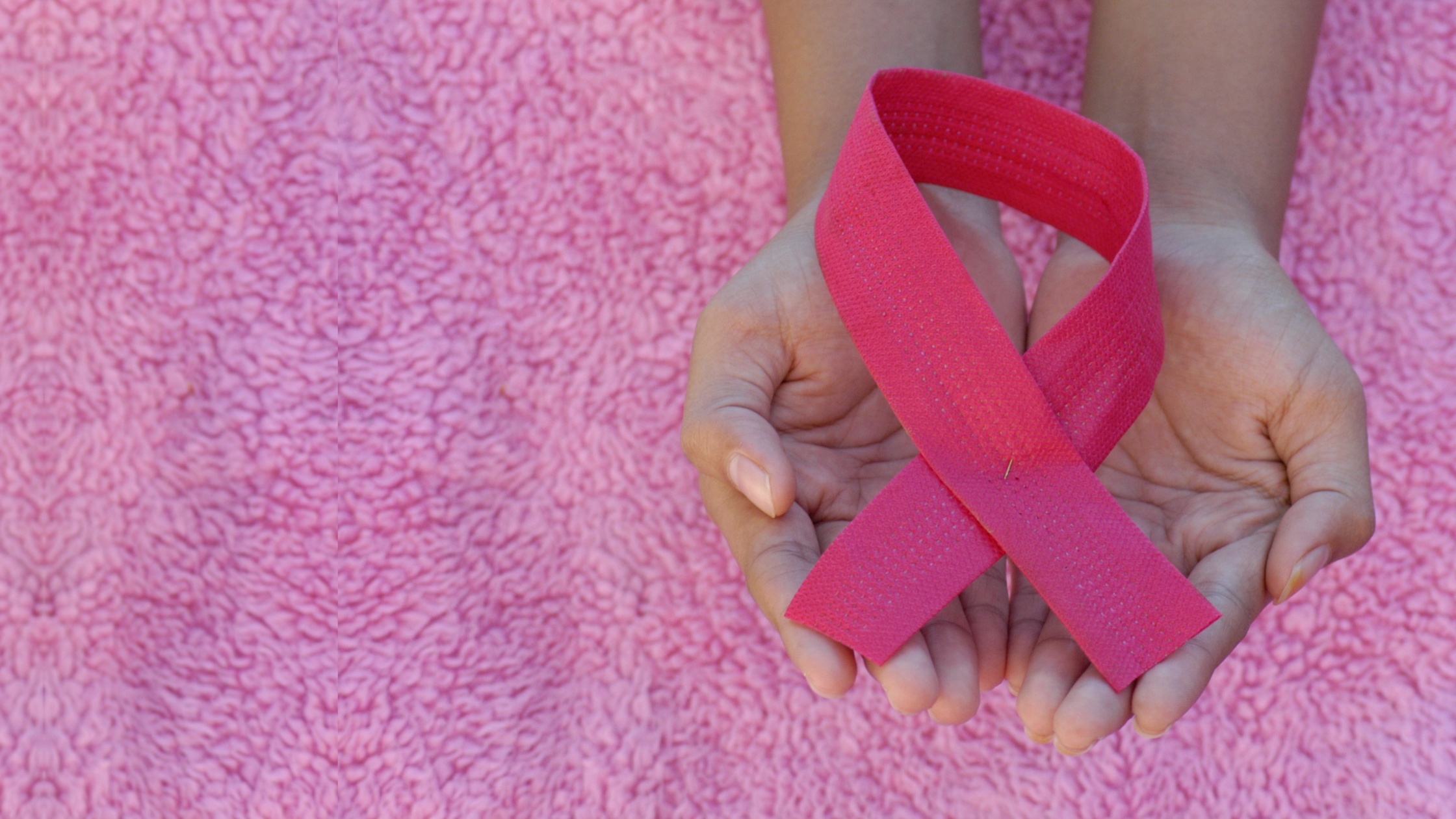
The importance of checking
I spoke with 23-year-old Katie, who has been checking her breasts for a long time because she has the BRCA gene in her family. “My mum found out she had the gene when I was around 13 years old,” she explained, “She was in her 40s and had already had cancer twice by this point.” Therefore, Katie has been getting her body and being extra vigilant because of this gene.
Having the BRCA gene can increase your chances of getting breast cancer. Professor Smalley explained, “Women from families carrying a BRCA1 or BRCA2 breast cancer gene, in which a single gene can lead to a lifetime risk of developing breast cancer of up to 80%.”
Katie said though that she is grateful to have known about this gene earlier in her life because it gave her a sense of control that her mother never had. “I'm luckier than my mum really as I'm aware I have a family history of this gene, so I know at this age to get to know my body and to keep on top of any changes,” she said.
Finding out about this gene though was not an easy discovery for Katie. “It did feel a lot like I was sitting on a time bomb, and it was quite overwhelming,” she said, “I had a meeting with a geneticist who advised me not to forget about it - so live a healthy lifestyle and get to know your body - but don't let it rule your life - so treat yourself and enjoy life too.”
Being vigilant is important for all but can be the reassurance those with the disease in the family need and may be the difference in the discovery of changes.
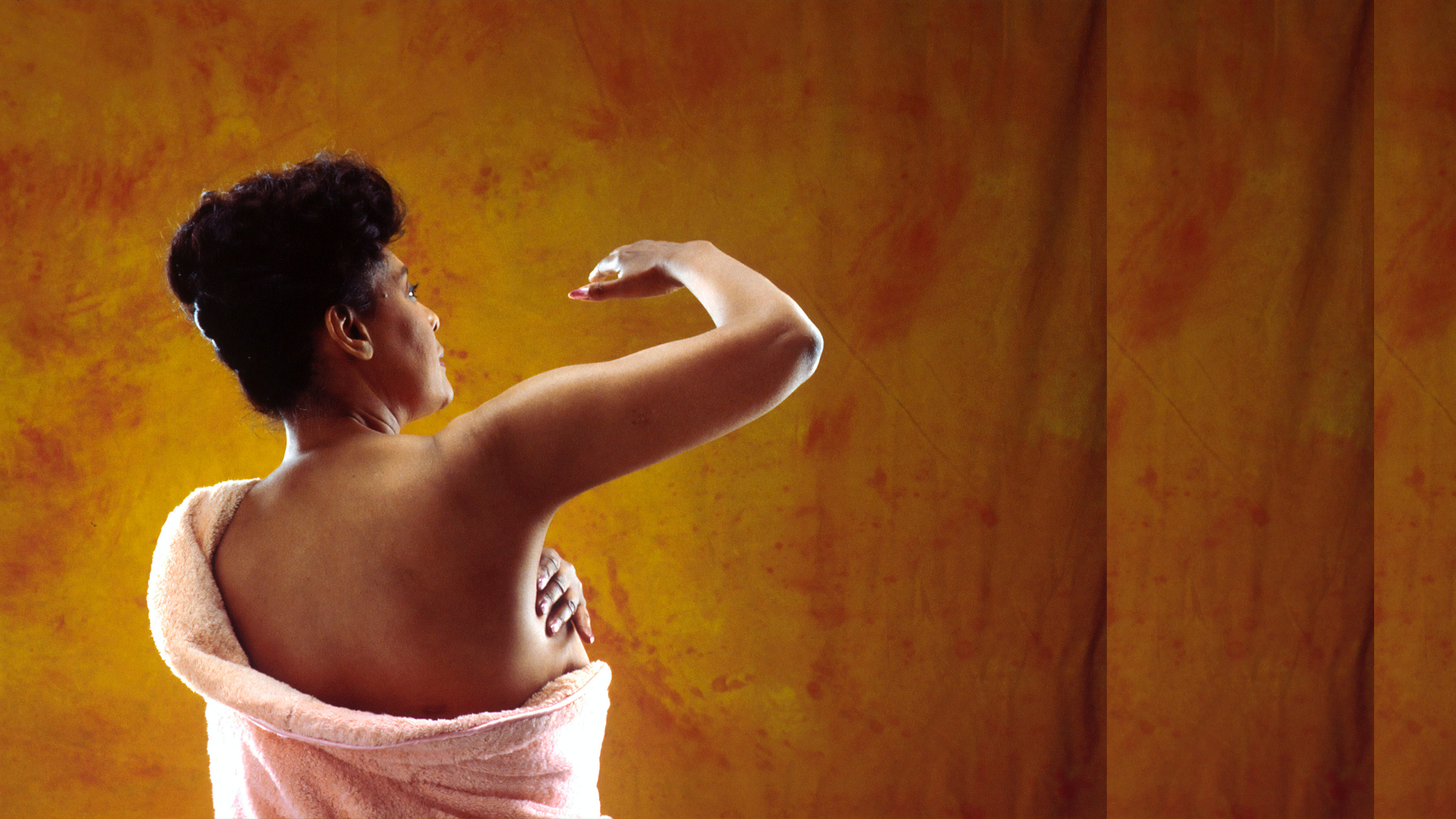
How to check
We know that checking our breasts regularly can help us to identify changes, and possibly even early signs of breast cancer, but what does it mean to check your breasts? I know that I should be examining myself monthly, but I don’t know where to start.
I was worried that because of the importance of these checks and what they could find, I wouldn’t be able to do it correctly. Anything medical or scientific is not my strong suit.
Therefore, one of my first jobs before I started checking was finding a video guide to follow.
CoppaFeel! is a breast cancer charity in the UK focusing on raising awareness of checking breasts amongst young people. This video demonstrates simply how to check your boobs (or pecs). After watching this video, I felt a lot more reassured and even feeling slightly confident about what I need to do. The first piece of advice was the most reassuring, when they explained, “There are no rules for boob checking.” This meant that I didn’t have to overthink or follow specific instructions to examine my boobs properly.
The new information I learned from this video though was that when checking, we should make sure to cover all breast tissue which goes up to the collarbone and into the armpit. Therefore, it is key to not just check boobs, but all breast tissue.
What are we looking for?
There are various changes that we should be looking and feeling for during our monthly check, according to charity Breast Cancer Now, which could be signs or symptoms of breast cancer.
These signs include:
A lump or swelling in the breast, upper chest, or armpit
A change to the skin, such as puckering or dimpling
A change in the colour of the breast – the breast may look red or inflamed
A nipple change, for example it has become pulled in (inverted)
Rash or crusting around the nipple
Unusual liquid (discharge) from either nipple
Changes in size or shape of the breast
The advice from the charity if you find any of these signs or symptoms is to contact your GP and get them to check the changes. They do say though that most changes aren’t cancer, it is still vital to have them checked, as catching breast cancer earlier means the more successful treatment is likely to be.
Professor Smalley explains that the key thing we all need to know is what is normal for ourselves and our bodies. “Be aware of what's normal for you and what's not,” he said, “Most of the time if you find a lump or there's a change is not going to breast cancer, it's going to be a cyst or something benign but it’s always really important to get checked out if there is any doubt.”
My experience
I planned to check my boobs at least twice, once in February and once in March, therefore following the monthly recommended schedule.
These will be more detailed examinations following a guide from CoppaFeel!.

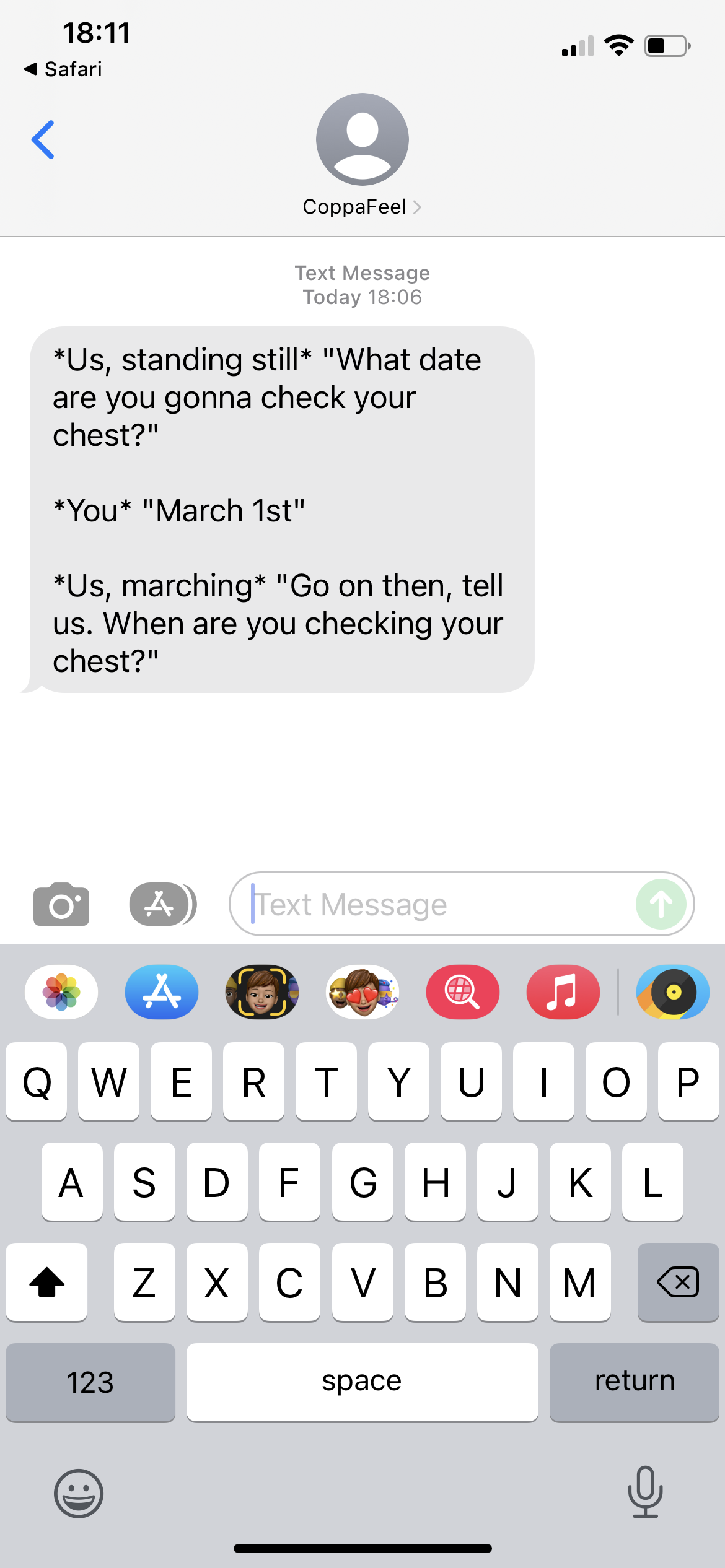
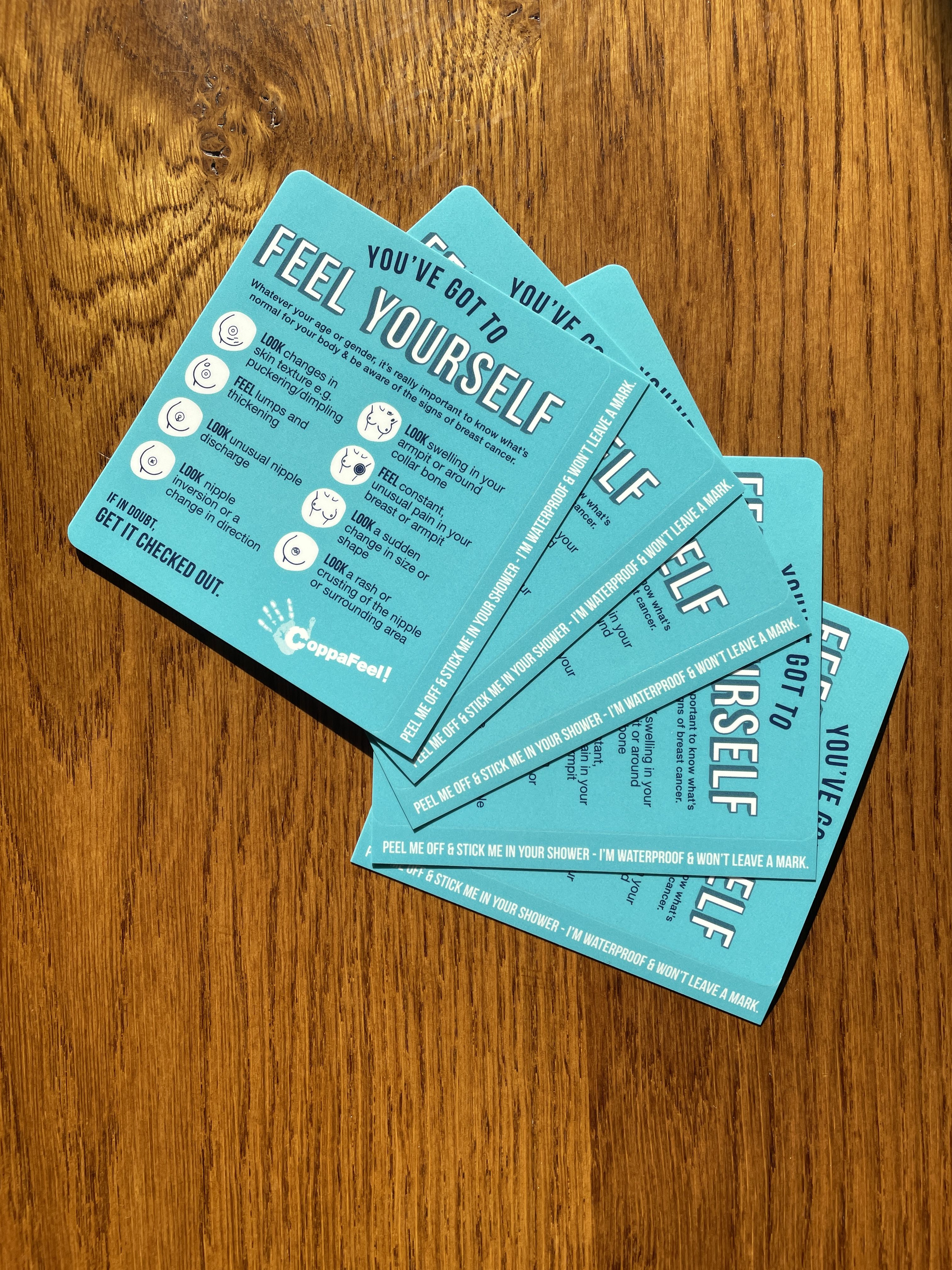
At the beginning of March, I got my first text reminder from CoppaFeel! to check my boobs. I signed up for the free monthly texts on their website, which took only a minute, and now I will receive a text on the first of each month telling me to check. However, this text was nothing like I expected. It used a popular meme format from 1 March, which I saw all over social media that day. It read:
*Us, standing still* “What date are you gonna check your chest?”
*You* “March 1st”
*Us, marching* “Go on then, tell us. When are you checking your chest?”
I thought this was a brilliant text and a great way to remind people in a friendly and humorous way to check themselves. This is what has really made an impact with me. Although cancer is a very serious topic and affects millions of people, CoppaFeel! are getting the message out there in a way that young people will relate to and then inspire them to check themselves. I think CoppaFeel! have made a difficult and emotional topic accessible, which is vital to increase the number of young people being proactive about their health. I know this has worked for me and engaged me in the topic. I will now pay more attention to my boobs and keep copping a feel!
Despite saying I would be checking myself only once a month, I ended up checking far more regularly. Since I started my research for this article, I am now aware of my boobs, and they aren’t just there to have clothes thrown over them; I now pay attention to them and am examining nearly every day. One of the main reasons for this is my bathroom is like a hall of mirrors! It is very difficult not to look at yourself in there! Plus, having the shower sticker being reflected across the bathroom means I am constantly reminded to check my boobs.
This shower sticker provided me with a simple guide of what I should be looking and feeling for. The images really helped me, as a complete novice to visualise what changes would look like. Also, the explanations made sure to include the fact that we need to check not just our boobs, but in the armpit and around the collarbone, as breast tissue is in these areas.
I am very grateful that charities like CoppaFeel! and Breast Cancer Now are being so open with their resources and educating the public about breast cancer. These guides have helped me a lot during my research, and I will continue to use them in future. I will also pass on any spares to my friends to spread the word and share the amazing work of these charities.
Keeping the vital work going
For charities like CoppaFeel!, fundraising is key to continuing their work. You can join #TeamBoobs in sporting challenges, and that is exactly what Hannah Varnsverry has done this year. “2020 was 10 years since my mum’s lifelong friend passed away from breast cancer. Around the time she was diagnosed was when CoppaFeel! was just starting up and she was supporting the charity,” said Hannah.
Therefore, along with her mother and father, Hannah ran the Cardiff Half Marathon and raised £745 for CoppaFeel! in memory her mother’s friend. She believes the work CoppaFeel! does is very important, especially for young women and also receives the monthly text reminders for checking breasts. “I think it’s important to make sure smaller charities are represented at these events, especially after all charities have been hit so hard from the pandemic,” she said.
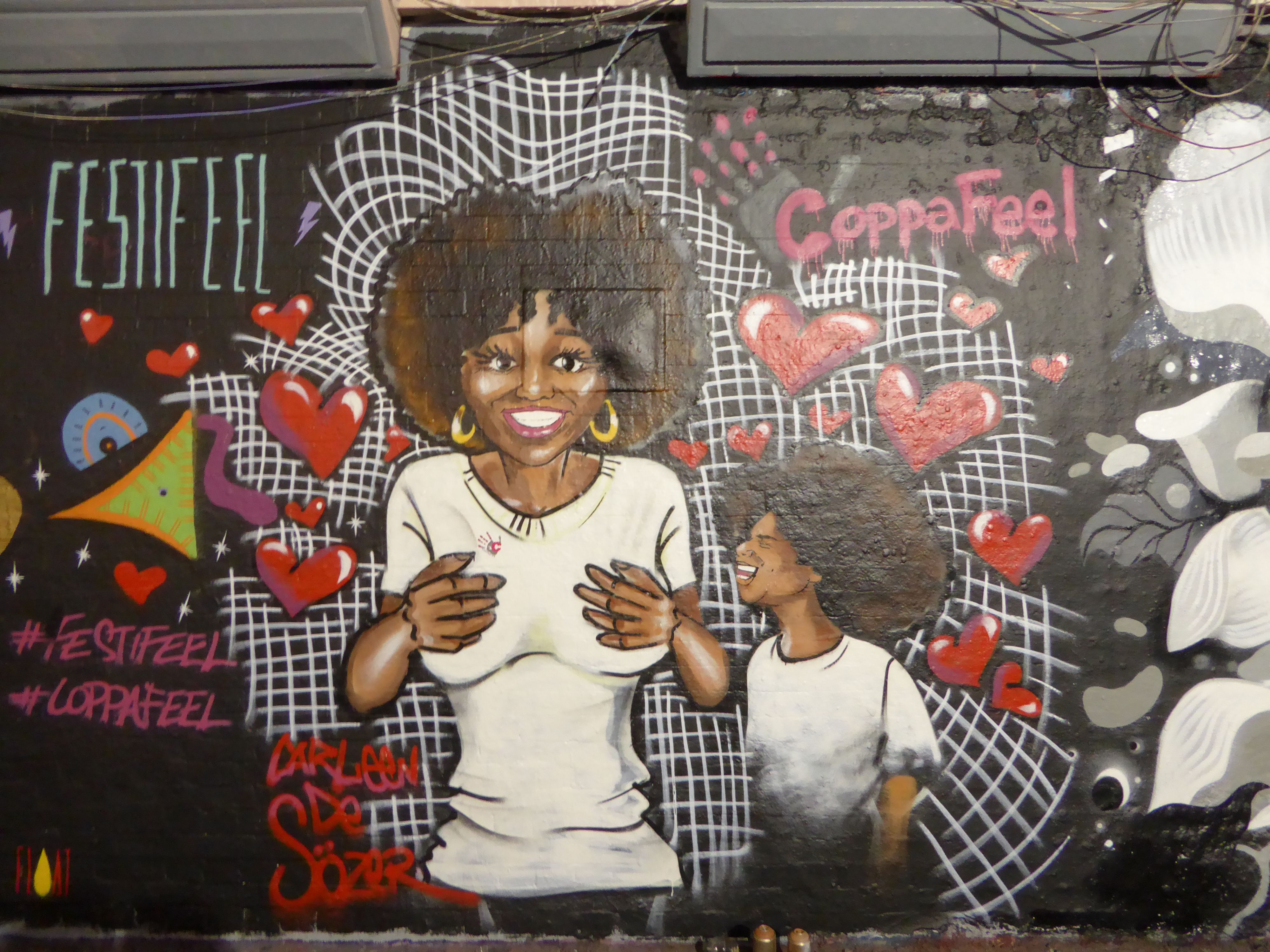
Tit’s the end of the project but not the journey
After two months of checking my boobs, I have learned a lot more about breast cancer. Speaking to those affected was an eye-opening and emotional experience and made me realise the significance that checking your boobs has, even though it is a quick check that we can all do. It is so simple and easy, yet vital.
Throughout my research I have spoken to my friends about breast cancer and my boob checking, which has opened the opportunity to talk about a difficult topic. We have spoken about breast cancer in males too, as they didn’t know men could be affected.
Therefore, writing this feature has made me realise the importance of checking my own boobs, and also the importance of having the conversation with others and empowering them to check themselves too. I will continue to check at least once a month as recommended (but realistically more often!) and open the dialogue with more people to spread awareness and persuade them to cop a feel!
